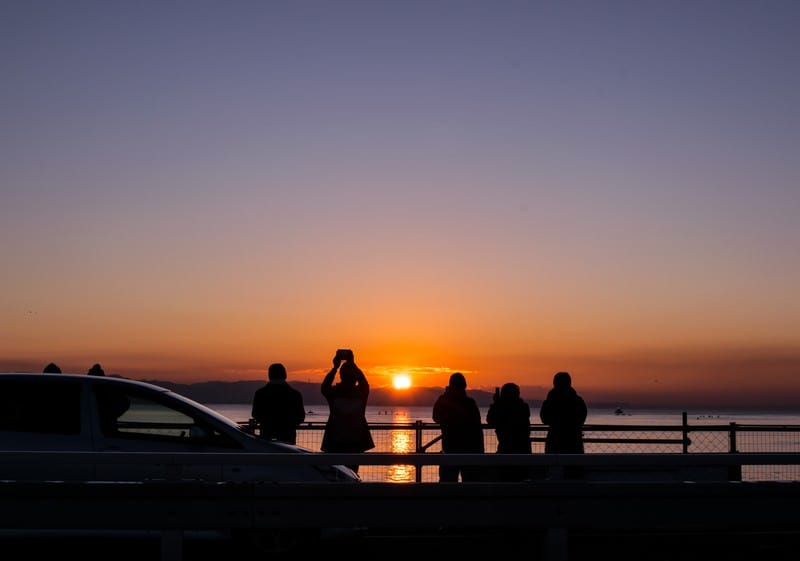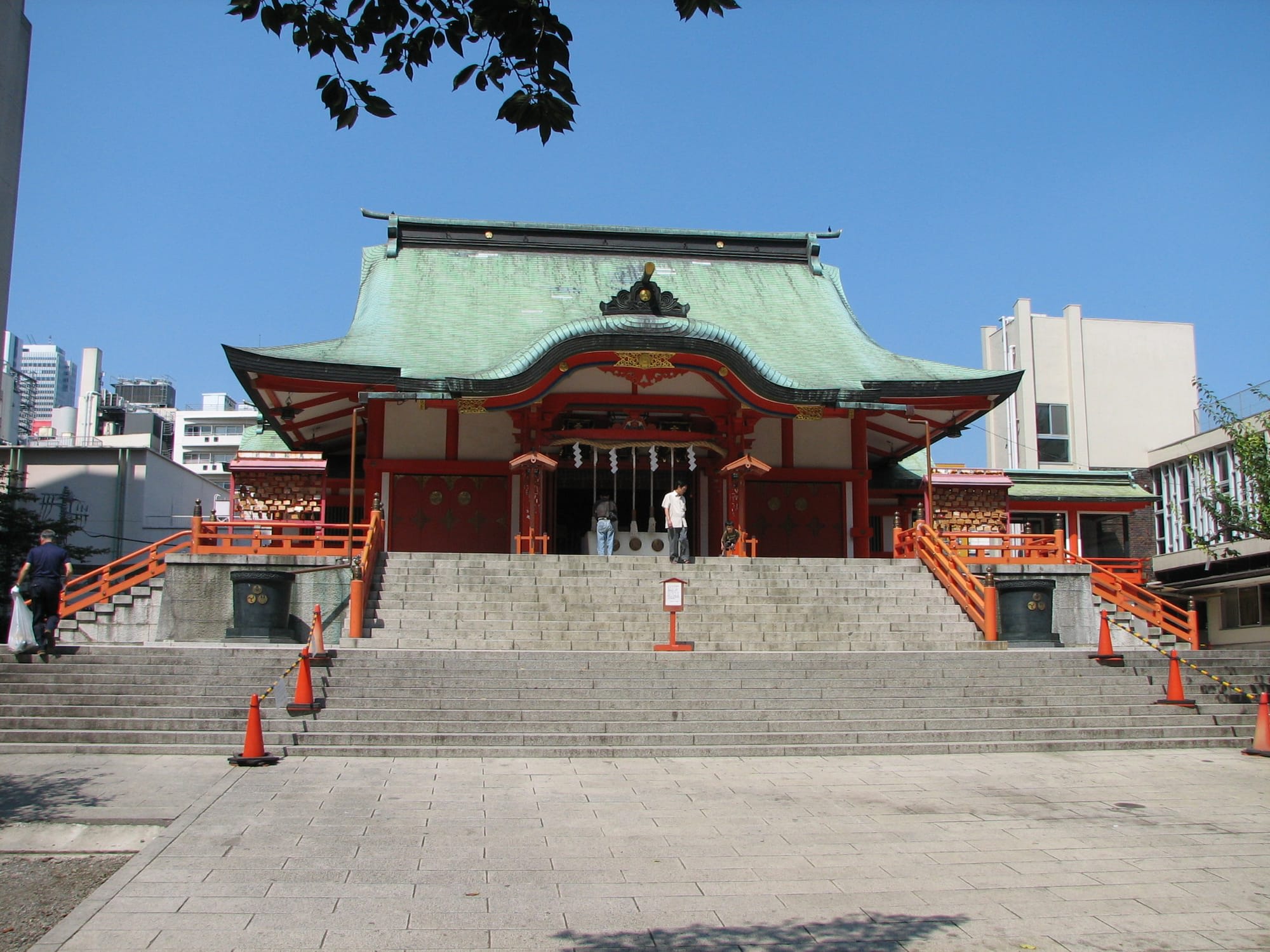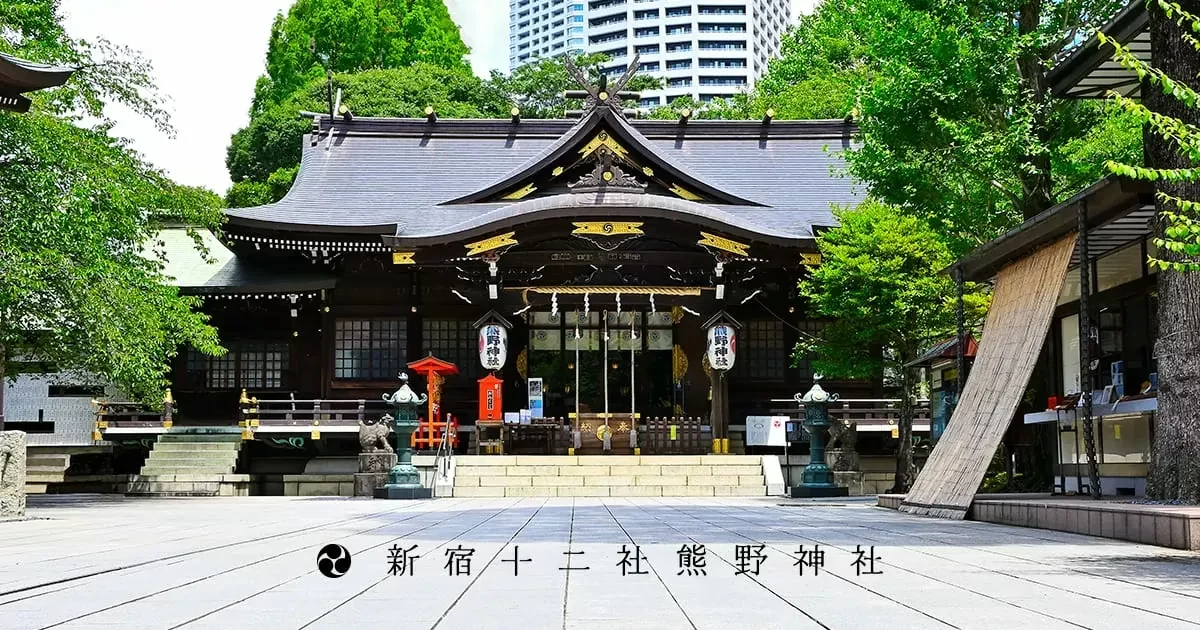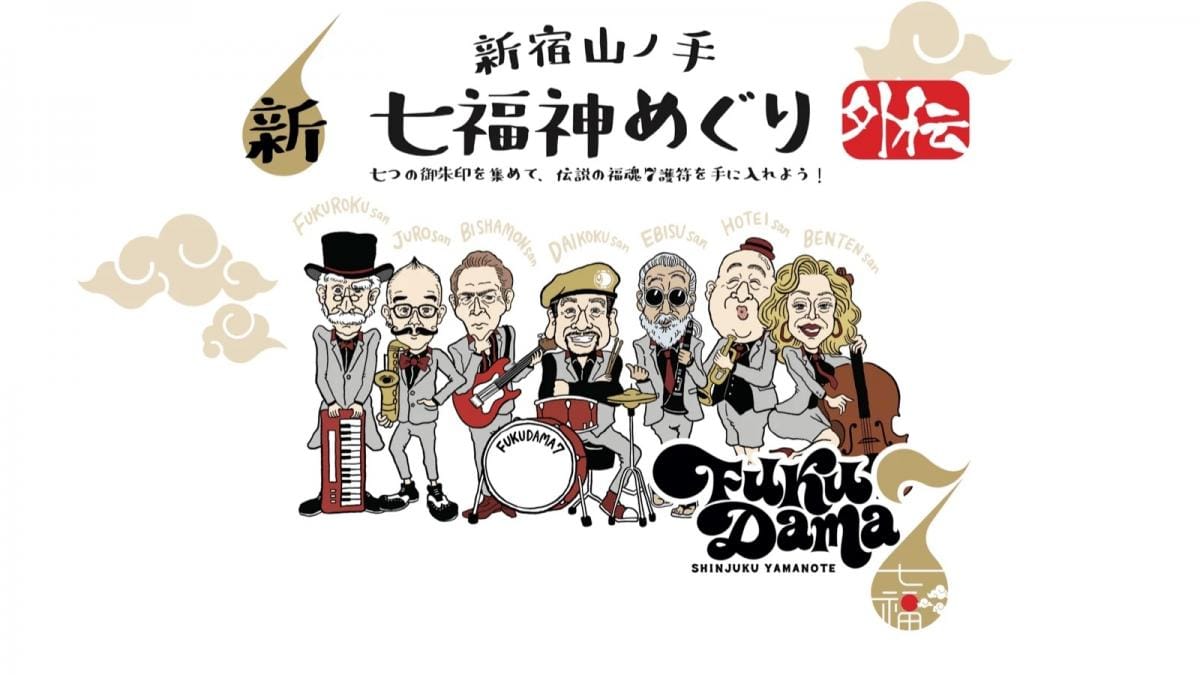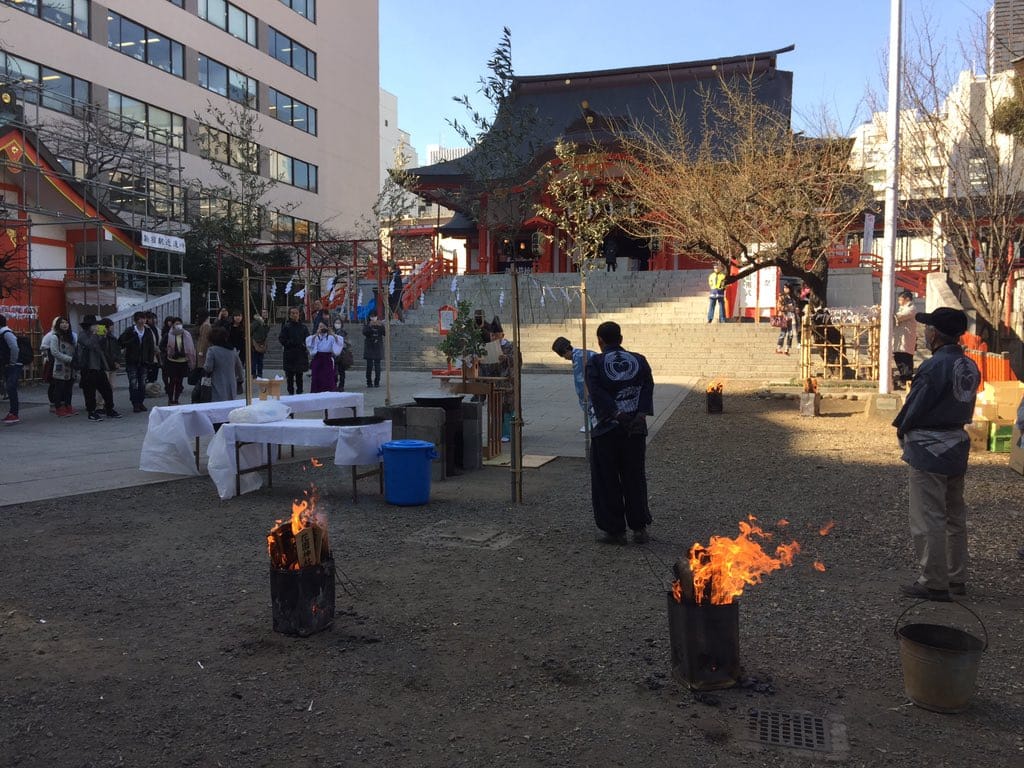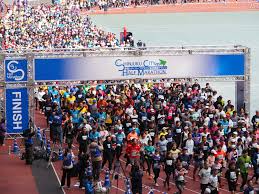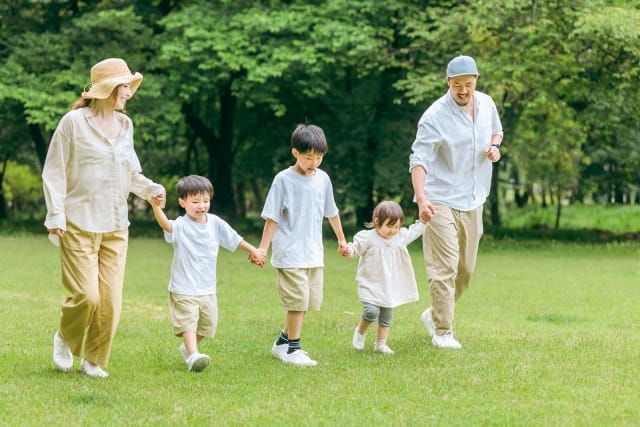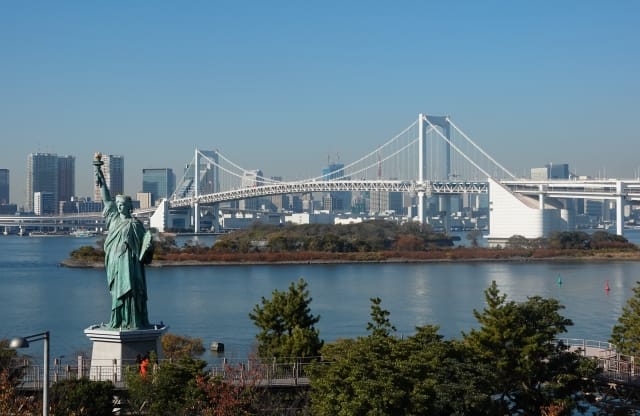Shinjuku in January 2025: Highlights, Events & Festivals
Since moving to a neighborhood adjacent to Shinjuku in 2024, I've been visiting Shinjuku almost daily. What I've discovered is that the Shinjuku area is full of both historical spots and perfect places to spend the New Year. In fact, I'm planning to ring in 2025 there with my friends.
Shinjuku is a district that truly embodies Tokyo's diversity, where modern urban landscapes blend seamlessly with retro and historically rich locations. I'd like to introduce you to some carefully selected spots and events that are perfect for maximizing your Shinjuku experience in January.
However, it can be challenging for first-time visitors to fully appreciate this complex and culturally rich district of Shinjuku in just a few days. That's why guided tours that take you to tourist attractions and locally beloved izakayas (Japanese pubs) with knowledgeable guides who know Shinjuku inside and out have been gaining popularity.
Magical Trip offers many popular tours, and their high-quality "Tokyo Bar Hopping Night Tour in Shinjuku" was ranked number one among all tours on TripAdvisor in 2024.

To fully experience Shinjuku, I recommend not only the "Tokyo Bar Hopping Night Tour in Shinjuku" but also the "Tokyo Night Foodie Tour in Shinjuku," where you can enjoy sushi and yakiniku (Japanese BBQ). Make the most of Magical Trip's Shinjuku tours to ensure you don't miss out on anything Shinjuku has to offer this New Year!
Introduction
In peak winter January, Tokyo's city center can experience snowfall, with temperatures rarely reaching 10°C, requiring heavy coats. While the air is cold, its clarity makes for spectacular views from skyscrapers, night scenes, and illuminations that are exceptionally beautiful during this season.
Shinjuku embodies the image of a futuristic city with towering skyscrapers and neon-lit nightlife. While this dazzling world unfolds, it's also a fascinating area that preserves traditional shrines and temples that have protected the land for centuries, alongside down-to-earth downtown neighborhoods.
In this article, we'll introduce events where you can fully enjoy the Japanese New Year in Shinjuku, power spots to visit during the New Year, and city-wide festivals.
2025 Year-round Event Schedule in Shinjuku↓
・Shinjuku: List of Events & Festivals for 2025
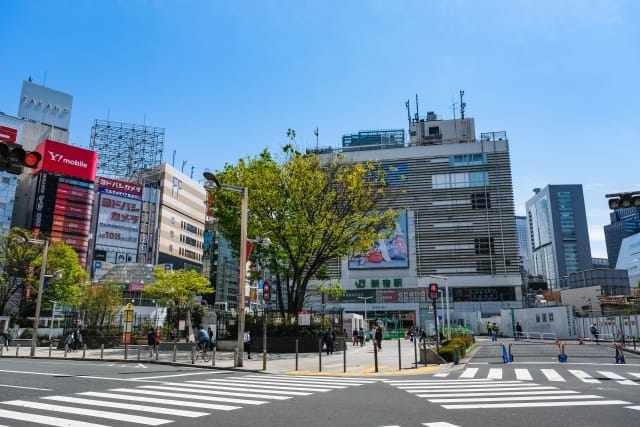
Table of Content
● Traditional Events in Shinjuku: January 2025
● Special January Experiences in Shinjuku
Traditional Events in Shinjuku: January 2025
Hatsumode (January 1-7, 2025)

"Hatsumode" is a traditional Japanese New Year custom where people make their first shrine or temple visit of the year.
The purpose is to express gratitude for the past year and pray for good fortune in the new year. This tradition originates from "Toshigomori," where people historically stayed at shrines and temples from New Year's Eve until New Year's morning. Today, most people begin their visits at midnight on January 1st.
Modern celebrations involve visiting shrines with family and friends to celebrate the New Year's arrival, purchase lucky charms, and draw fortune slips (omikuji) to predict the year ahead. Festival stalls often appear, offering traditional street food.
Some temples ring the Joya bells on New Year's Eve, and the solemn sound echoing through the winter night sky fills visitors with anticipation for the new year.
Hanazono Shrine
Source: Wikipedia
Hanazono Shrine is located within a 10-minute walk from Shinjuku Station, right in the heart of the metropolis. Serving as Shinjuku's guardian shrine since before 1603, it provides a serene sanctuary amidst the urban landscape. Despite being surrounded by buildings, its grounds offer a tranquil atmosphere that contrasts sharply with the city's bustle, providing a refreshing escape for local workers.
The shrine enshrines three deities: Ukanomitama-no-kami (god of agriculture), Yamato Takeru-no-mikoto (god of victory and success), and Ukemochi-no-kami (god of food).
With historical connections to theatrical performances and dance, the shrine is popular for its various blessings, including success in arts and matchmaking. The fox-themed fortune slips, representing the agricultural deity's messenger, make perfect souvenirs. Each terracotta piece features hand-painted expressions, creating charming keepsakes.
<Information>
Date: January 1, 2025
Access: Directly at Exit E2 of Shinjuku-sanchome Station on Tokyo Metro Marunouchi Line, Fukutoshin Line, and Toei Shinjuku Line. 7-minute walk from JR lines, Odakyu Line, and Keio Line at Shinjuku Station's East Exit
Admission: Free
Website: http://hanazono-jinja.or.jp/
Shinjuku Juniso Kumano Shrine
Source: Official website
Branch shrines of the sacred Kumano Shrine (located in Wakayama Prefecture), which has long been supported by devoted worshippers, can be found throughout Japan. The "Shinjuku Juniso Kumano Shrine" is one of them. In the past, the shrine grounds were expansive, featuring beautiful ponds and waterfalls, making it a popular scenic spot. The shrine appeared in theatrical performances and ukiyoe (traditional Japanese woodblock prints), and it is said that the Shogun (military commander) often visited during falcon hunting (takagari), a hunting method favored by emperors, nobles, and warriors.
Currently located adjacent to Shinjuku Central Park, the entire area serves as a peaceful retreat. The shrine is known for various blessings, particularly as a power spot for financial fortune and success in competitions. A famous episode involves the Japanese women's national soccer team "Nadeshiko Japan," who visited the shrine to pray for victory before winning the World Cup in 2011.
<Information>
Date: January 1, 2025
Access: 10-minute walk from JR Shinjuku Station West Exit, or 4-minute walk from Tocho-mae Station (Oedo Line) Exit A5
Admission: Free
Website: https://www.12so-kumanojinja.or.jp/
Ana Hachimangu Shrine
Source: Official website
Founded in 1062, with grand shrine buildings established in 1703, Ana Hachimangu was one of the representative shrines of Edo (Tokyo's former name). Despite suffering multiple fires, the current shrine building was completed in 1989 and continues to stand today.
The shrine's specialty is the "Kinggin Yuzu" (Gold and Silver Circulation) and "Ichiyo Raifuku" lucky charms, believed to bring financial fortune and business prosperity. "Ichiyo Raifuku" means "fortune comes after hardship," with the crucial moment being exactly midnight (00:00) between December 31st and January 1st. Following tradition, the charm should be enshrined facing the year's lucky direction.
Why not try following this Japanese custom and enshrine an "Ichiyo Raifuku" charm after returning home?
<Information>
Date: December 31, 2024 - January 1, 2025
Access: 5-minute walk from Waseda Station (Tokyo Metro Tozai Line) Exit 3B
Admission: Free
Website: https://www.anahachimanguu.jp/guide/
Shinjuku Yamanote Seven Lucky Gods Pilgrimage
Source: Official website
The Seven Lucky Gods (Shichifukujin), including Ebisu and Daikuten, are seven deities beloved in Japan since ancient times. These gods of fortune have been worshipped since the 14th century. The Seven Lucky Gods pilgrimage involves visiting temples and shrines dedicated to these deities to pray for good fortune.
While typically performed during New Year's, the Shinjuku Yamanote Seven Lucky Gods pilgrimage can be done year-round. The recommended walking course is 6.9km and takes about 2 hours. The route begins at Taiso-ji Temple, home to Hotei-son (guardian of prosperous life and family harmony), continues to Inari Kio Shrine housing Ebisu (god of fishing, business prosperity, and fortune), then to Eifuku-ji Temple enshrining Fukurokuju (god of longevity), and includes Zenkoku-ji Temple with Bishamonten (god of business prosperity and victory), among others, covering all seven locations.
Collecting the unique goshuin (shrine/temple stamps) from each location adds to the enjoyment of the pilgrimage.
<Information>
Date: Year-round
Access: Area between JR Shinjuku Station and Iidabashi Station
Admission: Free
Website: https://www.kanko-shinjuku.jp/course/-/article_2809.html
Bisha Festival (Nakai Goryo Shrine & Kuzugaya Goryo Shrine)
Source: Shinjuku Historical Museum
The "Bisha Festival" is a ceremony where arrows are shot from bows to divine the year's harvest by observing how the arrows fly and land, while also praying for abundant harvests and prosperity by warding off evil spirits. This ritual was once widely practiced in neighboring farming villages. Unfortunately, many traditional-style Bisha festivals have disappeared from Tokyo.
This festival, held annually at two locations - Nakai Goryo Shrine and Kuzugaya Goryo Shrine in Shinjuku - is a rare surviving example in central Tokyo and has been designated as an Intangible Folk Cultural Property of Shinjuku Ward.
Uniquely, the bowstrings used in the Bisha Festival are given as talismans for safe childbirth. As this New Year's event is held only on January 13th each year, don't miss the opportunity to witness it if you're in Shinjuku during this time.
<Information>
Date: January 13, 2025
Access:
- Nakai Goryo Shrine: 10-minute walk from Nakai Station (Seibu Shinjuku Line/Toei Oedo Line)
- Kuzugaya Goryo Shrine: 11-minute walk from Ochiai-minami-nagasaki Station (Toei Oedo Line)
Admission: Free
Website: https://www.regasu-shinjuku.or.jp/rekihaku/collection/shinjuku-collection/intangible-folk-cultural-property/513/?doing_wp_cron=1628263615.0919849872589111328125
Yubana Ceremony
Source: X
The "Yubana Ceremony" is a ritual where the shrine's chief priest purifies old talismans by burning them. This tradition originates from imperial court ceremonies held during New Year's between the 8th and 12th centuries.
The ceremony welcomes deities for the New Year and sends them back along with the old talismans. While similar ceremonies are commonly known as "Dondo-yaki" for burning New Year's decorations and talismans, at Hanazono Shrine it has traditionally been called "Yubana Ceremony" or "Yubana Festival."
Water heated by this sacred fire is offered to the deities, and amazake (sweet rice wine) made with the same water is served to visitors. Welcome the New Year with this warm amazake made from rice blessed by the deities.
<Information>
Date: January 16, 2025
Access: Directly at Exit E2 of Shinjuku-sanchome Station (Tokyo Metro Marunouchi/Fukutoshin Lines, Toei Shinjuku Line), or 7-minute walk from JR Shinjuku Station East Exit
Admission: Free
Website: http://hanazono-jinja.or.jp/
Emma-daio (King Enma) Public Viewing
Source: X
At Taisoji Temple, which is also part of the Seven Lucky Gods pilgrimage, there are special days when you can directly face Emma-daio (the Buddhist king of the underworld who judges the deceased based on their deeds). While the statue is usually viewed through the doors of the Emma Hall, it is fully revealed to the public around January 16th and July 16th each year.
The massive 5.5-meter-tall King Enma with his bright red face is quite intimidating, enough to make even adults nervous. King Enma is known to grant blessings for "preventing juvenile delinquency" and "rehabilitating troubled children." While he may be a frightening figure to children, he is also known as a powerful ally in protecting and disciplining them.
Start your new year with renewed determination by visiting King Enma!
<Information>
Date: January 16 & July 16, 2025
Access: 2-minute walk from Shinjuku-gyoenmae Station (Tokyo Metro Marunouchi Line)
Admission: Free
Website: https://www.kanko-shinjuku.jp/spot/c006/article_374.html
Special January Experiences in Shinjuku
Shinjuku City Half Marathon & Citizens' Health Marathon
Source: PR TIMES
The "Shinjuku City Half Marathon & Citizens' Health Marathon" is a sporting event established in 1987 by people who love Shinjuku. Marathon events are popular throughout Japan, developing into international competitions. As a Japan Association of Athletics Federations certified course and event, it features both half-marathon and 10km races. The Citizens' Health Marathon welcomes diverse runners regardless of age or disability, allowing participants to experience Shinjuku's cityscape while running.
In 2024, 10,000 runners raced through Shinjuku, with Olympic medalists' participation drawing significant attention. The event also features dance performances, live music, food trucks, and shopping corners. As a major city-wide event, January 2025 promises to be equally exciting.
<Information>
Date: January 26, 2025
Access: Near National Stadium
- 5 minutes walk from Sendagaya Station or Shinanomachi Station (JR Sobu Line)
- 1 minute walk from National Stadium Station (Toei Oedo Line), Exit A2
- 9 minutes walk from Gaienmae Station (Tokyo Metro Ginza Line), Exit 3
Admission: Free
Website: https://www.shinjukucity-halfmarathon.jp/
Shinjuku Park Tower Winter Illumination
Source: Official website
Located among the skyscrapers including the Tokyo Metropolitan Government Building, SHINJUKU PARK TOWER hosts its "Winter Illumination" using green energy (power generated from natural sources like wind, solar, and biomass). This winter tradition in Shinjuku runs from the Christmas season until mid-February. Around 60,000 lights decorate the trees around the fountain plaza, creating a fantastic display reminiscent of fireflies in the crisp winter air.
The serene space, complete with the sound of fountains and illuminations reflecting on the water surface, creates a sophisticated atmosphere perfect for romantic evening dates.
<Information>
Duration: November 11, 2024 - February 14, 2025
Access:
- 12 minutes walk from Shinjuku Station South Exit (JR Lines)
- 10 minutes walk from Shinjuku Station (Toei Subway Shinjuku Line/Keio Line)
- 6 minutes walk from Hatsudai Station (Keio Line)
- 8 minutes walk from Tochomae Station (Toei Oedo Line), Exit A4 or A5
- 10 minutes walk from Sangubashi Station (Odakyu Odawara Line)
Admission: Free
Website: https://www.shinjukuparktower.com/eyes/view/view-180115.html
Two Recommended Tours to Experience Shinjuku
Here are two carefully selected tours by MagicalTrip that let you experience Shinjuku's food culture and nightlife to the fullest.
Tokyo Bar Hopping Night Tour in Shinjuku
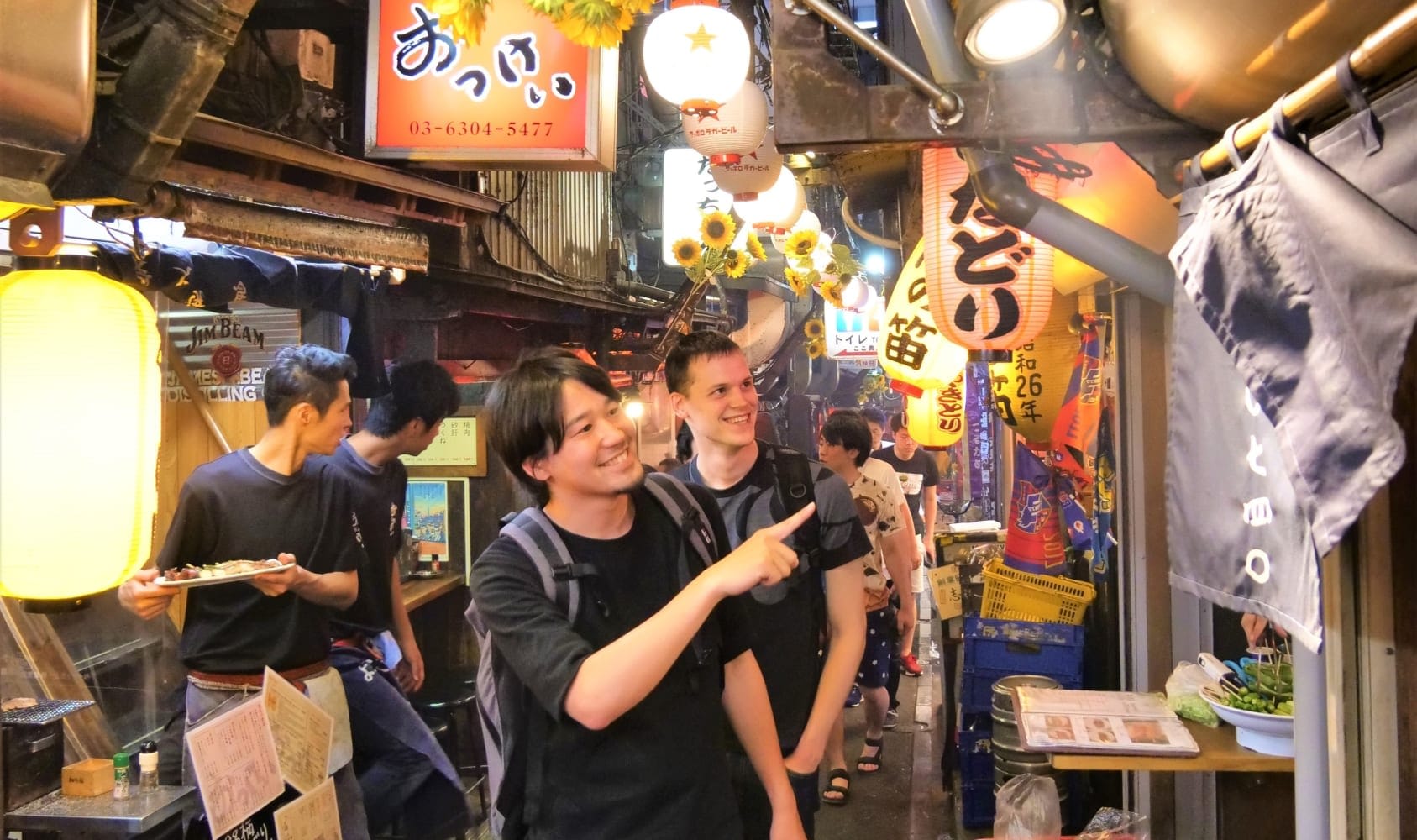
This is an all-inclusive 3.5-hour tour for $105.56 per person. Including more than 4 drinks and 3 food items, this popular tour has been experienced by over 20,000 people and was ranked #1 in TripAdvisor's Japan experience category in 2024.
Visit three hidden local izakayas in Shinjuku and enjoy popular local dishes like yakitori, gyoza, and agedashi tofu, served in portions sufficient for dinner.
Open to participants aged 15 and above, with alcohol served only to those 20 and older (Japanese law). Vegetarian options are available, making it accessible for those with dietary restrictions.
This small-group tour explores different aspects of Shinjuku, including Omoide Yokocho and Kabukicho. We welcome solo travelers, friends, couples, and families.
Full refund available for cancellations up to 24 hours in advance, with free date changes within the same timeframe. Photo service included during the tour to capture your memories.
English-speaking guides explain menus and recommended items at each venue, making it comfortable for non-Japanese speakers. Additional orders are welcome.
Meeting point is at the black pillar next to UNIQLO Shinjuku West Exit Store, 7-8 minutes walk from Shinjuku Station West Exit. Please note that late arrivals cannot participate, receive refunds, or reschedule.
Details here: Tokyo Bar Hopping Night Tour in Shinjuku
Tokyo Night Foodie Tour in Shinjuku
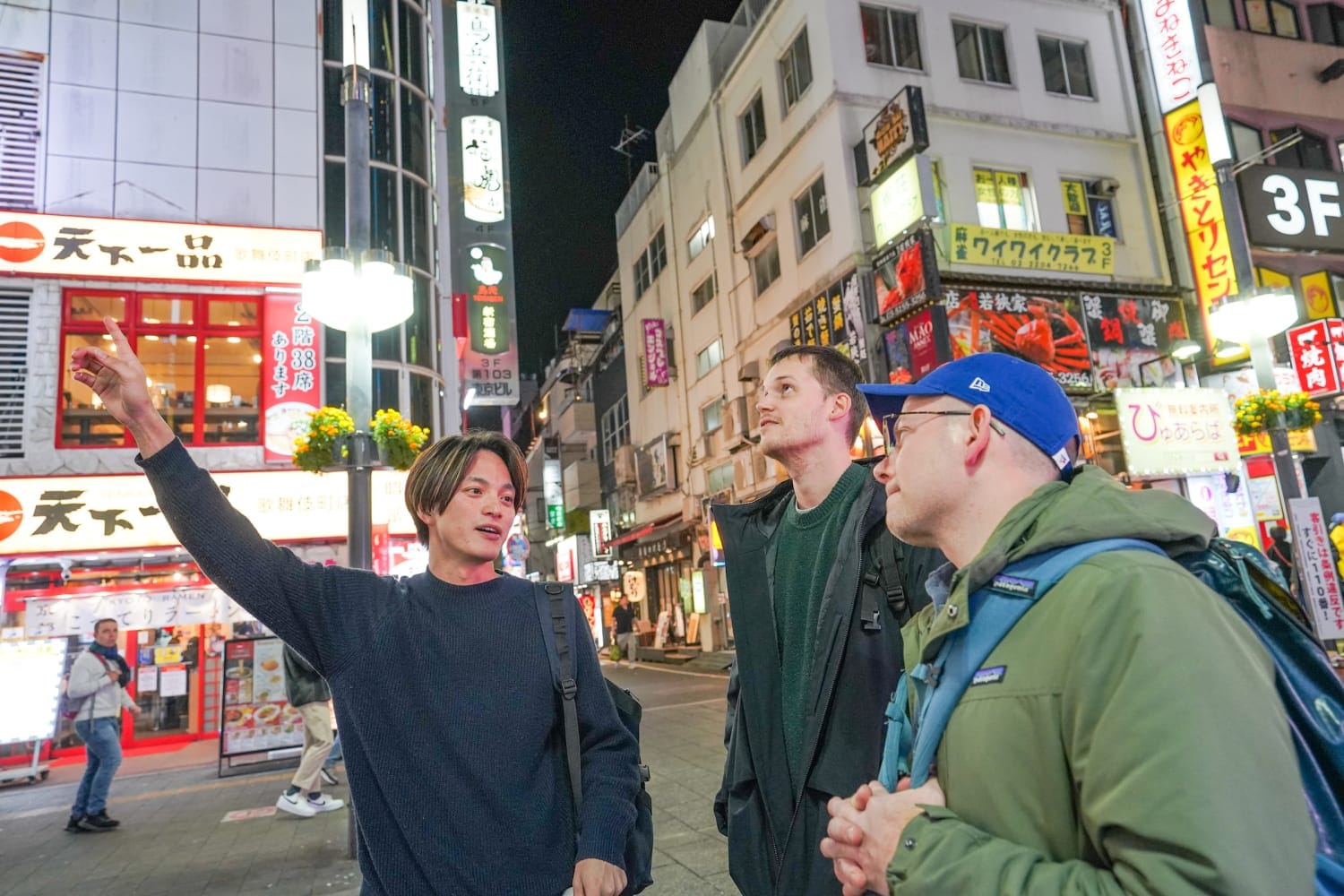
This is a small-group 3.5-hour food tour visiting selected restaurants in Shinjuku. Priced at $128.74 per person with free cancellation up to 24 hours in advance.
Enjoy 8 pieces of seasonal omakase nigiri at a local guide-selected sushi restaurant. Vegetarian options available with advance notice (by previous day).
Experience Japan's premium meat culture at a wagyu yakiniku restaurant, where guides teach you the optimal grilling techniques.
Finish in Kabukicho area with dessert or drinks (20+ for alcohol), with Japanese snacks available for children.
Includes detailed explanations from English-speaking guides and photo service with pictures emailed later.
Visit authentic establishments popular with both tourists and locals, experiencing Shinjuku's food culture beyond guidebook recommendations.
Details here: Tokyo Night Foodie Tour in Shinjuku
These two tours offer a special experience to fully enjoy Shinjuku's nightlife. They provide a rare opportunity to visit hidden gems with experienced guides, places that tourists might find difficult to discover on their own.
